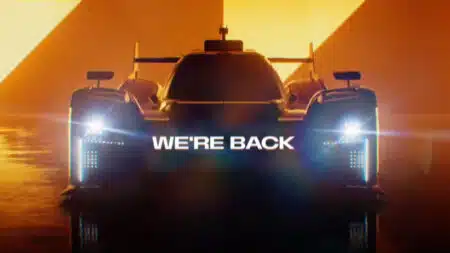
McLaren wants to win 2027 Triple Crown with Le Mans Hypercar
McLaren will enter the Le Mans Hypercar class for the very first time in 2027 – and is gunning to win motor sport's 'Triple Crown' all in one year
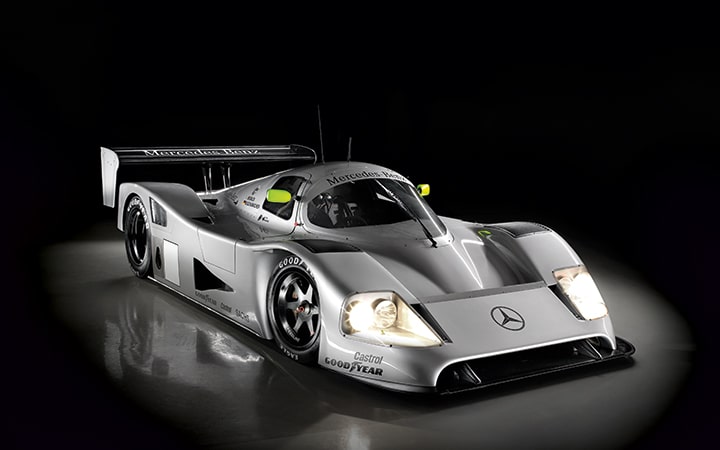
1975 Spanish GP winner, 1989 Le Mans 24 Hours winner

It would be a lot easier to name my least favourite car… but if I have to name my favourite, this has to be the Sauber Mercedes, the C11 or the 291.
These cars were the zenith of what was then known about the sciences of aerodynamics and chassis. The 956 and 962 Porsches were fantastic, too, but they were still alloy and therefore less safe.
The Saubers were just great to drive and also very reliable. The handling was so precise, and never vicious on the limit. Even flat out on the Mulsanne, at over 240mph, never once did a worry enter my mind. Despite the weight of Group C cars then, at 1000 kilos, the Sauber Mercedes was pretty lithe on its feet and handled beautifully.
The C9 needed a lot of sorting but, having done that, the only problem was the tyres. Some tyres just don’t connect to the needs of the car but – after we changed brands – it was sheer bliss and we never looked back. In Japan in 1991, in the last race of the Group C series, [Michael] Schumacher and [Karl] Wendlinger’s C291 beat the Peugeots and the identical Sauber I shared with Jean-Louis Schlesser. That was demoralising, but a new era of ‘supercars’ had begun and younger drivers were coming in, which was a bitter pill for us to swallow.
The great German made his international breakthrough not in F1, but in sports cars with this Mercedes

It was the first pure-bred Mercedes-Benz racer for 35 years. A world championship winner. The car that gave us Michael Schumacher. The machine that laid the foundation stone of the German manufacturer’s graduation to F1. The Mercedes-Benz C11 can claim all those accolades, and more. Not least that it was a thing of beauty which still looks good 20 years on.
The C11 was the fruit of an unlikely relationship. A back-door deal to supply engines to the Swiss Sauber sports car squad in the mid-1980s paved the way for Mercedes to return officially to motor sport in ’88. For 1990, the partnership produced the first bespoke Mercedes racing car since the marque’s withdrawal from competition after the 1955 Le Mans disaster. That car, the Mercedes-Benz C11, went on to sweep all before it on the way to winning the 1990 World Sports-Prototype Championship with Mauro Baldi and Jean-Louis Schlesser. One of the five drivers to notch up victories in the C11 was a young Schumacher, who’d been plucked from Formula 3 to become part of a junior programme conceived by new Mercedes motor sport boss Jochen Neerpasch. The dominance of the C11 in 1990 had a part to play in the marque’s return to F1. By the following year, Mercedes was gearing up to build a Formula 1 Silver Arrow with Sauber. That project was quickly canned, but the Three-Pointed Star was soon back at the pinnacle of the sport as an engine supplier.
The C11 was a Mercedes-Benz rather than a Sauber because it was the first car designed by the Swiss team with access to the manufacturer’s full resources. That was in stark contrast to its predecessor, the 1989 WSPC-winning C9/88, whose origins could be traced to the early ’80s.
The first Mercedes Group C car built on the experience of the C9/88, a family resemblance is evident, but it was in effect all new. “The C11 was an improvement in every area,” says designer Leo Ress. Those improvements included the carbon tub, a switch from rockers to pull-rod suspension and a bespoke gearbox developed by Mercedes. “That allowed a proper integrated rear end that was much stiffer than before.”
The new design didn’t race until round two of the WSPC at Monza in May. If the C9/88 was good enough to beat rivals from Jaguar, Nissan, Toyota and Porsche, the C11 pummelled them into submission. Baldi and Jochen Mass qualified one-two at Monza, the pole man ending up the better part of two seconds ahead of the ‘best of the rest’, the Jaguar XJR-11 driven by Martin Brundle. That set the tone for the rest of the season. The only time the Merc would be beaten was at Silverstone. Baldi and Schlesser were on course for victory when an engine failure brought an end to their race when they had a lead of 50 seconds after just 40 laps. There was no back-up car in the race, because the car Schumacher shared with Mass had been thrown out of the event for receiving outside assistance after stopping on track in practice.
Baldi rates the C11 as “probably the best prototype I ever drove” and the “only one of the cars from my career that I ever wanted to own. The C11 was the first car that was really enjoyable to drive after I left Formula 1,” he says. “It gave you the same feeling as an F1 car. You could really drive it.”
So good was the C11 that Baldi took Eau Rouge flat on the way to pole position for the Spa race in early June. Not bad for a 900kg car with perhaps 1000bhp in qualifying trim.
Veteran team manager with experience of GP2, F3, sports cars, saloons…

![]()
The Sauber C9 was a good car and it won Le Mans in 1989 and the World Sportscar Championship too, but its successor the C11 was a much better design.
Leo Ress came onboard and we worked together on the carbon parts through my composites company at the time. We made it so much more tuneable because the chassis was so much stiffer and overall the construction was a level up on the C9. It was a big improvement but, of course, me being me, I made the mistake of leaving in 1990 and I was off to manage the Nissan mob.
The C11 had a mighty engine, this incredible four-valve V8. That, combined with the new carbon chassis produced a package that was tough to beat. They were seeing almost 1000bhp in qualifying with a load more boost available from the twin turbo KKKs. It was a mighty proposition.
So I found myself in 1990 working for Nissan, but still providing carbon bits for the Sauber-Merc lot. They won just about everything and I remember feeling some pride… but obviously not being able to show it too much in my Nissan colours.
The chassis itself was a work of art, really. We bonded a separate titanium roll-cage in to the chassis, which was very nicely done. Working with Leo was great because he was so practical and everything was done simply. When it came to running the car it was a delight for the mechanics, very easy to service and the reliability was bullet proof.
The team had everything. A good manager in Peter Sauber, a great designer in Leo Rees and then this driving squad with experienced guys like Schlesser, Reuter and Mass combined with the next generation of Schuey, Frentzen and Wendlinger. As I said, tough to beat.

McLaren will enter the Le Mans Hypercar class for the very first time in 2027 – and is gunning to win motor sport's 'Triple Crown' all in one year
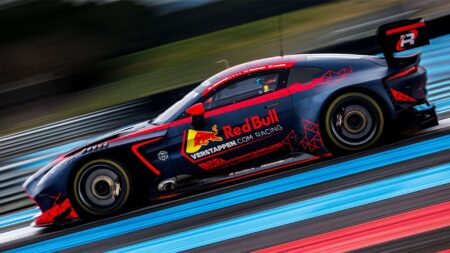
Long successful in the eSports world, Max Verstappen is expanding his own racing team to now take on a full real-life GT season – can he succeed where other F1 champs didn't?
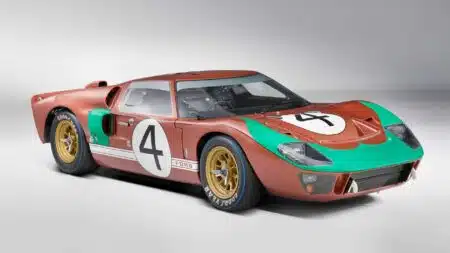
A Ford GT40 MkII which managed 12 laps at the famous 1966 Le Mans 24 Hours has become been auctioned for a record amount
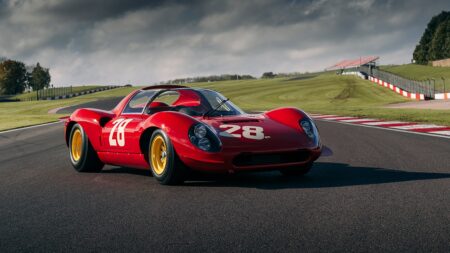
The Ferrari Dino 206 S might just be the best looking car ever to emerge from Maranello – Andrew Frankel gets behind the wheel in this month's magazine